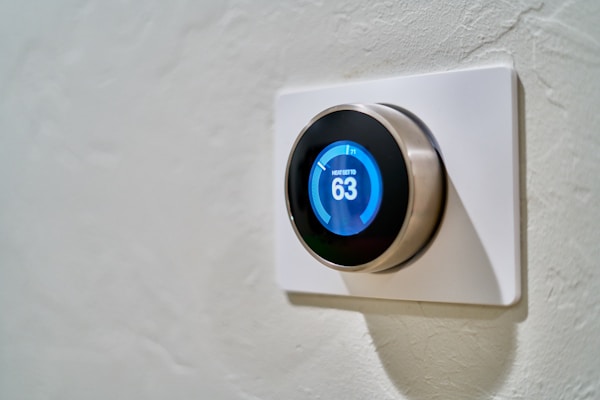Do you know what a good SEER rating is for an air conditioner? SEER stands for Seasonal Energy Efficiency Ratio, and it’s a measure of how efficiently a system cools your home. A higher SEER rating means better energy efficiency, and it’s important to pay attention when choosing an HVAC system. So, what is a good seer rating for an air conditioner? Keep reading to find out!
What’s considered a good SEER rating for air conditioners?

Generally speaking, the minimum SEER rating for an air conditioner is 13. This rating is required by the federal government for all central air conditioners sold in the United States. Air conditioners with SEER ratings of 14 or higher are considered to be highly efficient and can save you a significant amount of money in energy costs. In addition to the SEER rating, you should also look at the Energy Star rating of the air conditioner. Energy Star is a government-backed program that promotes energy efficiency in a variety of products, including air conditioners. Products that have earned an Energy Star rating have been certified by the Environmental Protection Agency (EPA) as being highly efficient.
What factors influence the SEER ratings of air conditioners?
There are a number of factors that can influence the SEER rating of an air conditioner:
- The size of the air conditioner is a major factor in determining its SEER rating. The larger the unit, the higher the SEER rating will be. This is because larger units have more capacity to cool more air, which requires less energy. On the other hand, smaller units will have a lower SEER rating, since they’re not able to cool as much air.
- The type of compressor used in the air conditioner is another factor that can affect the SEER rating. Single-stage compressors are less efficient than two-stage compressors, so units with single-stage compressors will usually have a lower SEER rating. Variable speed compressors are the most efficient type of compressor, so air conditioners with these compressors will usually have the highest SEER ratings.
- The type of refrigerant used in the air conditioner can also influence its SEER rating. Chlorofluorocarbons (CFCs) and hydrochlorofluorocarbons (HCFCs) are both considered outdated refrigerants, and they’re not as efficient as newer refrigerants like HFCs and HCs. So, an air conditioner with an outdated refrigerant will usually have a lower SEER rating than one with a newer, more efficient refrigerant.
What are the benefits of getting an air conditioner with a high SEER rating?

An air conditioner with a high SEER rating will provide superior cooling power while using less electricity. This will reduce your overall energy costs and help you save money on your electric bills. In addition to saving money on your energy bills, an HVAC system with a high SEER rating will also provide quieter operation. With a higher SEER rating, there is less noise and vibration generated by the unit, which means you can enjoy a quieter home environment. An HVAC system with a high SEER rating will also be more durable and reliable. The higher the rating, the better quality components are used to build the unit. This means that you can enjoy your HVAC system for longer without having to replace it or deal with costly repairs. Finally, an HVAC system with a high SEER rating will help you protect the environment. With a higher rating, your HVAC system will use less energy, resulting in fewer emissions and less air pollution. This is a great way to do your part in helping the environment.
Altogether, a high SEER rating is essential for a reliable and efficient air conditioning system. The higher the SEER rating, the more energy efficient the system will be, leading to significant cost savings and greater comfort. Additionally, a higher SEER rating means less wear and tear on the system and fewer repairs, allowing the system to last longer.
Leave a Reply